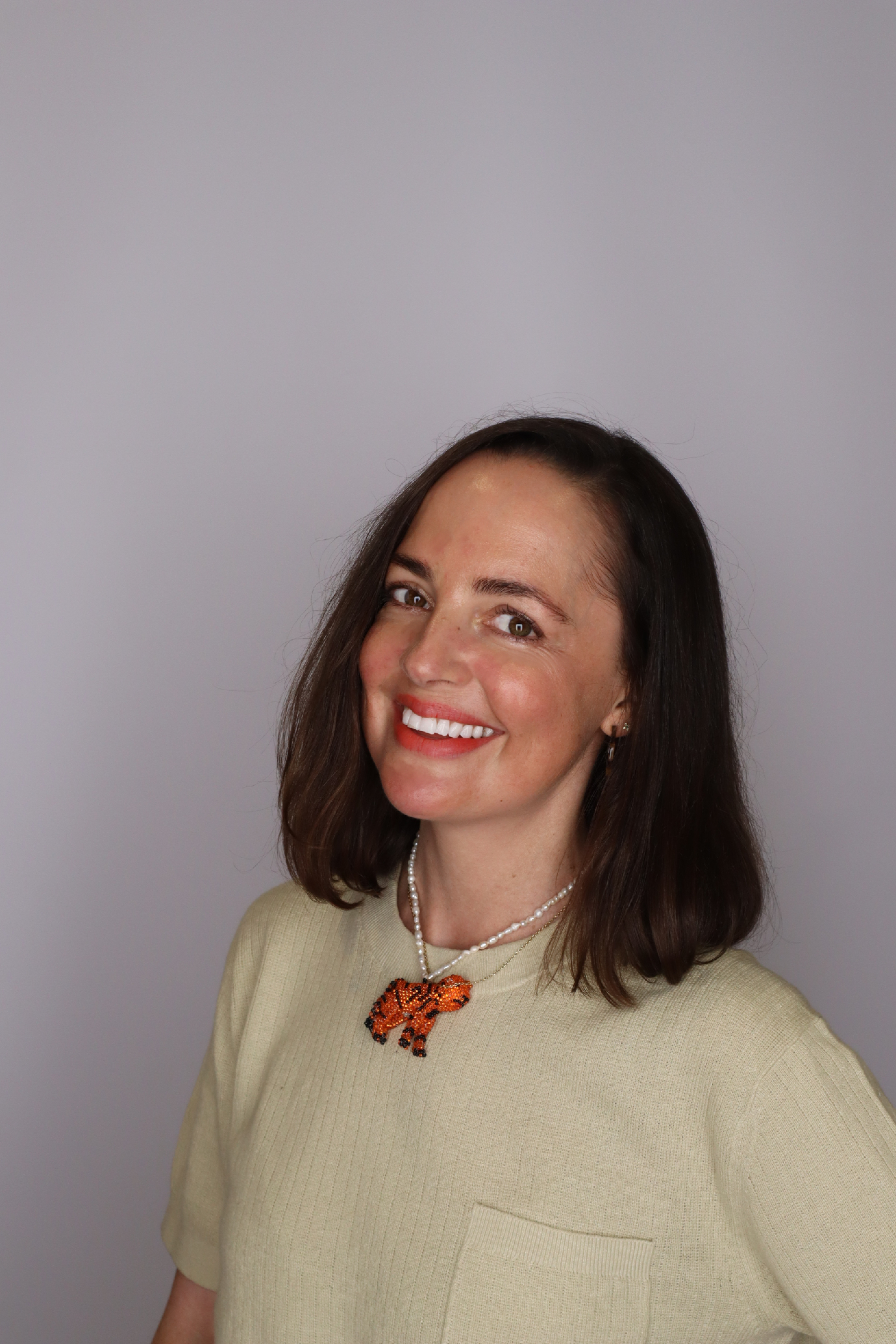Best Workplaces, Diversity & Inclusion
How do you recover after a worldwide pandemic has kicked your entire industry to its knees?
Global hotel chain Hilton was forced to lay off thousands of employees as the hospitality and tourism sectors dried up just over one year ago, thanks to COVID-19
Recovery won’t be quick or easy, warns Chris Nassetta, president and CEO of Hilton, in our latest CEO conversation. But with a steady hand and a clear focus on company values, Chris is leading Hilton through to the other side.
“The basic playbook on dealing with a crisis is really the same,” says Chris. “I may add a chapter or two or rewrite a couple that I’ve written over the years, but how we dealt with crises in this company has been reasonably consistent.”
Chris calls his playbook the “Three Ps”: Protect Your People, Protect Your Business and Prepare for Recovery.
1. Protect Your People
“You’re nothing, particularly in a service industry, without your people,” says Chris.
Hilton serves some 200 million customers a year and when the pandemic hit, employees had to help those customers get out of far-flung destinations.
Meanwhile, Hilton also had to ensure its frontline workers were healthy and safe.
“We have 400,000 team members that are part of this ecosystem, who were out in the field, in harm’s way, that we had to take care of.”
2. Protect Your Business
Hilton suffered catastrophic declines as the pandemic carried on. Occupancy was down to 10% at a time when it would typically be around 80%. For the first time in the company’s 100-year history, Hilton had to close thousands of hotels around the globe — while still ensuring they’d be able to resume business when the time came.
“You have no revenues and you have a lot of expenses that you can’t stop on a dime,” explains Chris. “We had to make sure we protected the company, that we had adequate liquidity, that we protected our owners and helped them as best we could.”
3. Prepare for Recovery
While simultaneously closing hotels and furloughing staff, Hilton also had to keep an eye on the future — a challenge when the world around you is in chaos.
“When you’re in a crisis, you can be all consumed by it, and you should be, to a degree,” explains Chris. “But if you don’t peek your head out of the foxhole, so to speak, then you’re not going to see where there are opportunities. Crisis is opportunity and the bigger the crisis, the bigger the opportunity.”
“The ‘Three P’s,’” Chris says, “had everything to do with the culture and fiber of the DNA of our company – everything we were doing was about values-based decision-making.”
The future of tourism
With that third P of his playbook to guide him, here’s how Chris sees Hilton, and tourism in general, rebuilding after everything 2020 threw at us:
The future of tourism post-pandemic
Signs are pointing to a post-pandemic rebound for the travel industry.
“I think the light is at the end of the tunnel. We’re not going to wake up one day and say, ‘COVID is gone, and we’re done.’ It’s going to be gradual. There will be a lingering impact from it,” says Chris.
“I’m hopeful that by September, we’ll be in a very different place. And while we may not be back to full employment in our industry relative to where we were, we’ll have come a long way from where we’d been.”
While Zoom and other online platforms have helped us stay connected with our workplaces and loved ones, they haven’t replaced our desire to get out and see the world.
“There is a massive amount of pent-up demand. What’s been the impediment has been safety. When you get past those safety concerns, I think you’re going to see a lot of people hit the road,” says Chris.
“We’re seeing as hospitalization, infection and death rates go down – you can correlate it with our business going up. We’re starting to ramp back up to a new normal.”
The future of tourism and diversity
For an industry that’s all about exploring different cultures, there has long been a lack of cultural and racial diversity at the executive level. On the heels of 2020’s conversations about racial inequality and injustice, the non-profit Black Travel Alliance even called upon travel brands to be more transparent and show concrete diversity benchmarks.
“None of us have done well enough at taking the diversity that's in the hotels and building it up so that it provides the diverse pipeline you want in the corporate environment,” admits Chris.
Hilton is responding by becoming more aggressive with its diversity commitments at the corporate and property level and building the system to feed upwards. With locations worldwide, Hilton’s goal is to match its corporate diversity with the populations it represents.
“Our goals in diversity – whether it's gender or race – should be parity, both corporately and in the properties’ senior positions. That to me, is diversity: that it’s representative of the population,” says Chris.
“We serve a really diverse customer base. If we don’t have diversity, we ultimately aren’t going to serve our customer base very well, period.”
To hear more from Chris and how Hilton evolves through crisis, watch the full conversation. For more great advice from great leaders, get our company culture newsletter.











